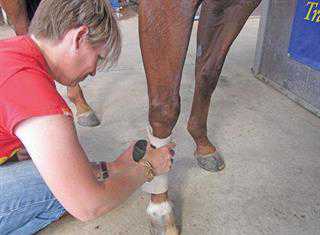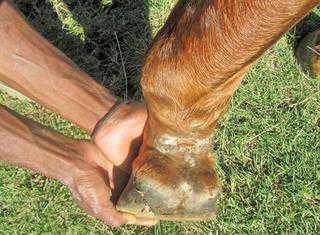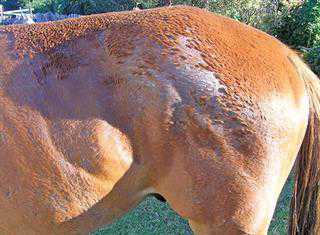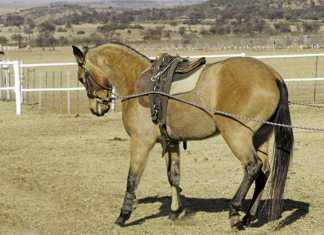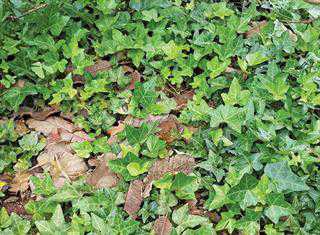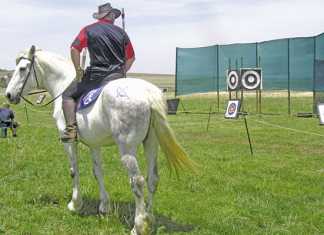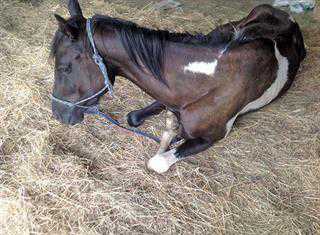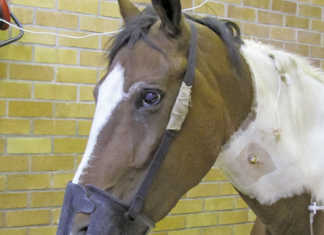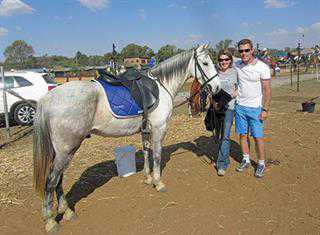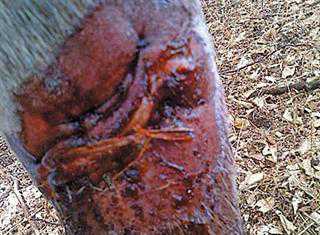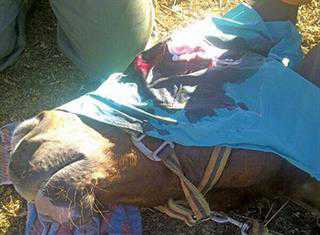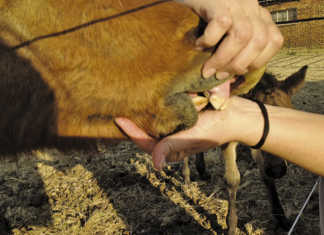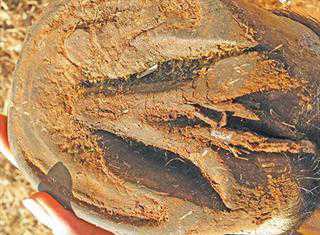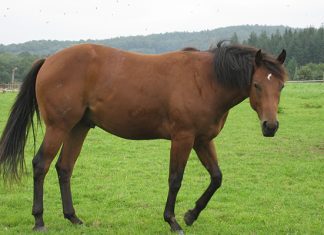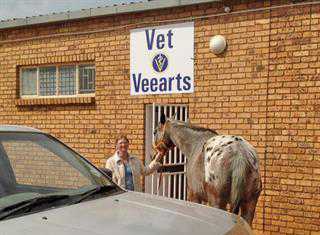How to fit an exercise bandage on a horse
It is designed to protect, but can cause injury if applied incorrectly, says Dr Mac.
Tackling rain scald in horses
This unsightly skin infection is not dangerous, but it should always be attended to. If ignored, it can give rise to a secondary infection that will complicate treatment. Kim Dyson...
Dealing with laminitis
A crippling lameness, this condition can strike suddenly, and may prove deadly, warns Dr Mac.
Teaching the young horse to steer
Longlining is the next step after lunging when training a colt, says Dr Mac.
A list of plants that are a danger to horses
Horses in the wild seem to know what to avoid, but domestication has dulled this instinct, says Kim Dyson.
South Africa’s first mounted archery show
Remember those ‘Cowboy and Indian’ films where feather-clad braves galloped on handsome Appaloosa horses firing off arrows?
Is your horse too skinny?
Fattening a thin horse starts with a good diagnosis, involving a detailed examination of its history, checking the amount of feed it eats and a thorough clinical examination, says Dr...
Other causes of ‘big leg’
Equine lymphangitis is not the only cause of severe swelling in your horse’s lower limbs, says Kim Dyson.
My horse has legs like an elephant’s!
Equine lymphangitis causes inflammation, pain and lameness, and needs careful attention, says Kim Dyson.
Horses: dealing with worms
These creepy little creatures are everywhere, just waiting to invade your horse, warns Kim Dyson.
Dealing with impaction colic
If this condition is neglected, the large intestine can rupture, requiring surgery, says Dr Mac.
Horses show off their talents
This year’s SANESA Championship attracted a record number of riders and many talented youngsters, says Dr Mac.
Steps on healing a horse’s wound
Once the initial trauma has passed and the wound has been cleaned and treated, the final stage of healing can commence, says Kim Dyson.
Horses and eye problems
Any condition involving the eye is potentially serious and should be investigated as soon as possible, says Kim Dyson.
‘Help! My pony has a parrot mouth!’
The causes of ‘parrot mouth’ in horses are unclear, and treatment can be expensive.
Horses: caring for hooves
Knowing what a healthy hoof looks like will help you to recognise an unhealthy hoof straightaway, says Kim Dyson.
Horses and healthy hooves
Healthy, properly-shaped hooves are crucial to the overall condition of a horse, says Kim Dyson.
Controlling veterinary costs
Veterinary bills can be expensive. Fortunately, there are ways to reduce these costs without compromising your horse’s health, says Dr Mac.

